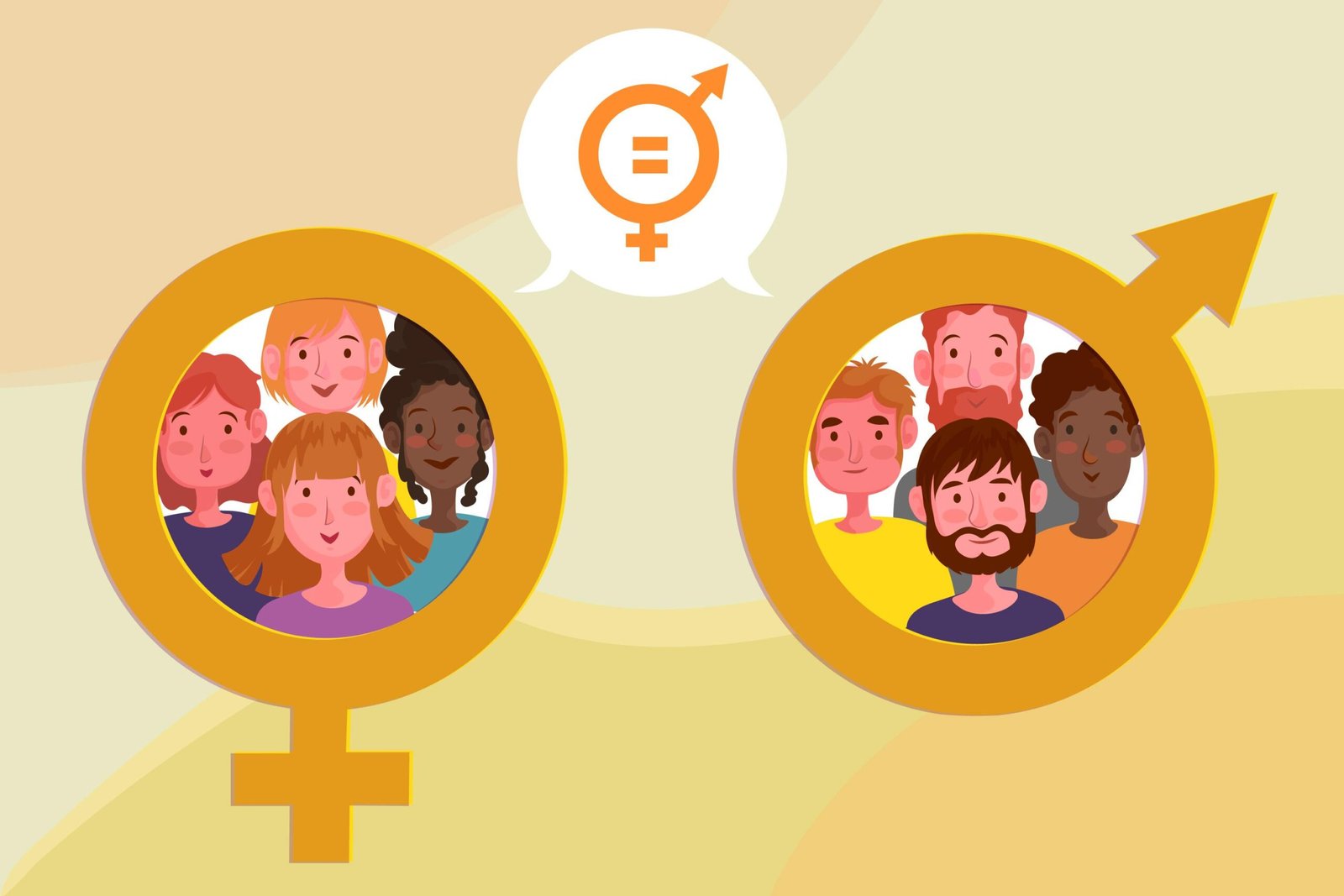Despite decades of progress, government mandates, and corporate pledges, gender parity in leadership continues to be more of an aspiration than a reality in India Inc. The number of women rising to boardrooms, CXO roles, and decision-making seats remains significantly low—and even where they are present, power dynamics and barriers often persist.
As of 2025, India ranks 127th out of 146 countries in the World Economic Forum’s Global Gender Gap Index. While improvements have been made in education and health, economic participation and leadership representation remain deep problem areas.
So, what’s holding India back on gender parity in leadership—and what can HR and business leaders do to move from intent to impact?
Why gender parity remains elusive in Indian leadership
The reasons behind the gender gap in Indian leadership are complex and systemic. Here’s why achieving gender parity in senior roles is still a struggle:
- Leaky pipeline syndrome
Though women enter the workforce in large numbers, the proportion drops drastically by mid-career. Caregiving responsibilities, societal expectations, and lack of flexibility push many out of the race before they reach leadership levels. - Unconscious bias in hiring and promotion
Despite formal policies, women often face subtle discrimination—being judged on potential rather than performance, or excluded from critical assignments that build leadership capital. - One-size-fits-all leadership models
Many Indian companies still reward aggressive, always-on leadership styles, sidelining women who may adopt different but equally effective leadership approaches. - Lack of mentorship and sponsorship
Men in leadership often have strong networks that guide and advocate for them. Women, especially in male-dominated industries, lack access to similar influence circles. - Workplace cultures not designed for equity
From timing of meetings to norms around travel and after-hours networking, many organizational cultures inadvertently exclude or disadvantage women.
While policy changes matter, they’re not enough. Change must go deeper—into beliefs, behaviors, and leadership accountability.
How gender parity benefits business outcomes in India
Investing in gender parity is not just about fairness—it’s a strategic business decision. Numerous global and Indian studies show that gender-diverse leadership leads to:
- Better decision-making and innovation
Diverse teams bring broader perspectives, leading to more creative problem-solving and risk management. - Stronger financial performance
Companies with more women in leadership consistently outperform those with less, especially in ROE and profit margins. - Improved employee engagement
Inclusive leadership creates environments where all employees feel heard and valued—leading to higher morale and retention. - Enhanced brand reputation
In a talent-driven economy, companies seen as progressive and inclusive attract top talent and loyal customers. - Closer alignment with consumer demographics
Women drive 70–80% of consumer purchasing decisions. Having more women leaders helps brands better understand and serve their markets.
For Indian businesses looking to grow in a competitive and diverse market, ignoring gender parity is simply not an option.
How companies are accelerating gender parity in leadership
Some Indian organizations are making strong, measurable progress toward gender parity. Here are actions that are working:
- Setting representation goals with teeth
Companies like Tata Group, Accenture, and Godrej have set public targets for women in leadership and are linking them to leadership KPIs. - Designing careers with flexibility and equity
Progressive firms are investing in returnship programs, job sharing, parental leave for all genders, and hybrid models that work for caregivers. - Elevating sponsorship over mentorship
While mentoring is helpful, sponsorship—where senior leaders advocate for women in closed-door decisions—is proving more impactful in career acceleration. - Building leadership development programs for women
Custom learning journeys, leadership bootcamps, and exposure to P&L responsibilities are being designed to prepare women for top roles. - Calling out bias in performance reviews
Training reviewers to avoid coded language (“aggressive,” “emotional,” “not leadership material”) is helping remove structural bias from promotions. - Making data public and transparent
Companies are starting to report gender diversity metrics openly—making it easier to track progress and hold leadership accountable.
The lesson? Gender parity doesn’t happen by chance—it happens by design.
What HR leaders must do to champion gender parity in 2025
For HR to be a driver of gender parity, it must go beyond policy-making and take ownership of outcomes. Here’s what that looks like:
- Audit every process with a gender lens
From hiring to succession planning, analyze where drop-offs happen and why. Use data, not assumptions. - Redesign leadership criteria
Move away from outdated, male-coded models of leadership. Value collaboration, empathy, and adaptability as much as assertiveness. - Coach male allies and line managers
Educate male leaders on their role in gender equity. Build allyship into manager KPIs and feedback loops. - Create safe spaces for honest conversations
Encourage women leaders to share their experiences, and use those insights to inform policy and culture change. - Celebrate small wins loudly
Whether it’s a new woman CXO appointment or a returnee success story, spotlight progress to inspire others. - Embed gender equity in employer brand
Prospective talent looks at who sits in your boardroom. Showcase your diversity journey authentically and aspirationally.
At the end of the day, HR is both architect and activator of inclusive leadership. The time to lead from the front is now.
✅ Let’s close the gender gap at the RethinkHR Conclave
The RethinkHR Conclave is where bold conversations about the future of HR take center stage—and gender parity is a top priority this year.
Join India’s most influential CHROs, inclusion champions, and women leaders to:
- Decode what real inclusion looks like in leadership pipelines
- Learn from companies moving the dial on equity
- Discover actionable ideas to drive parity in your organization
Register today at rethinkhr.co.in and be part of shaping a leadership future that finally reflects India’s true potential.

